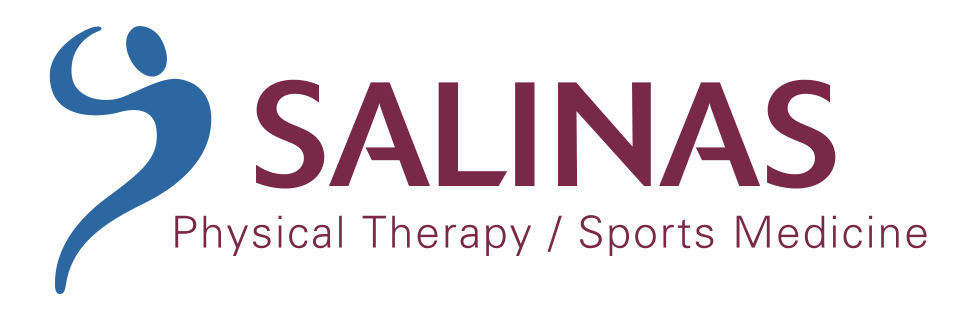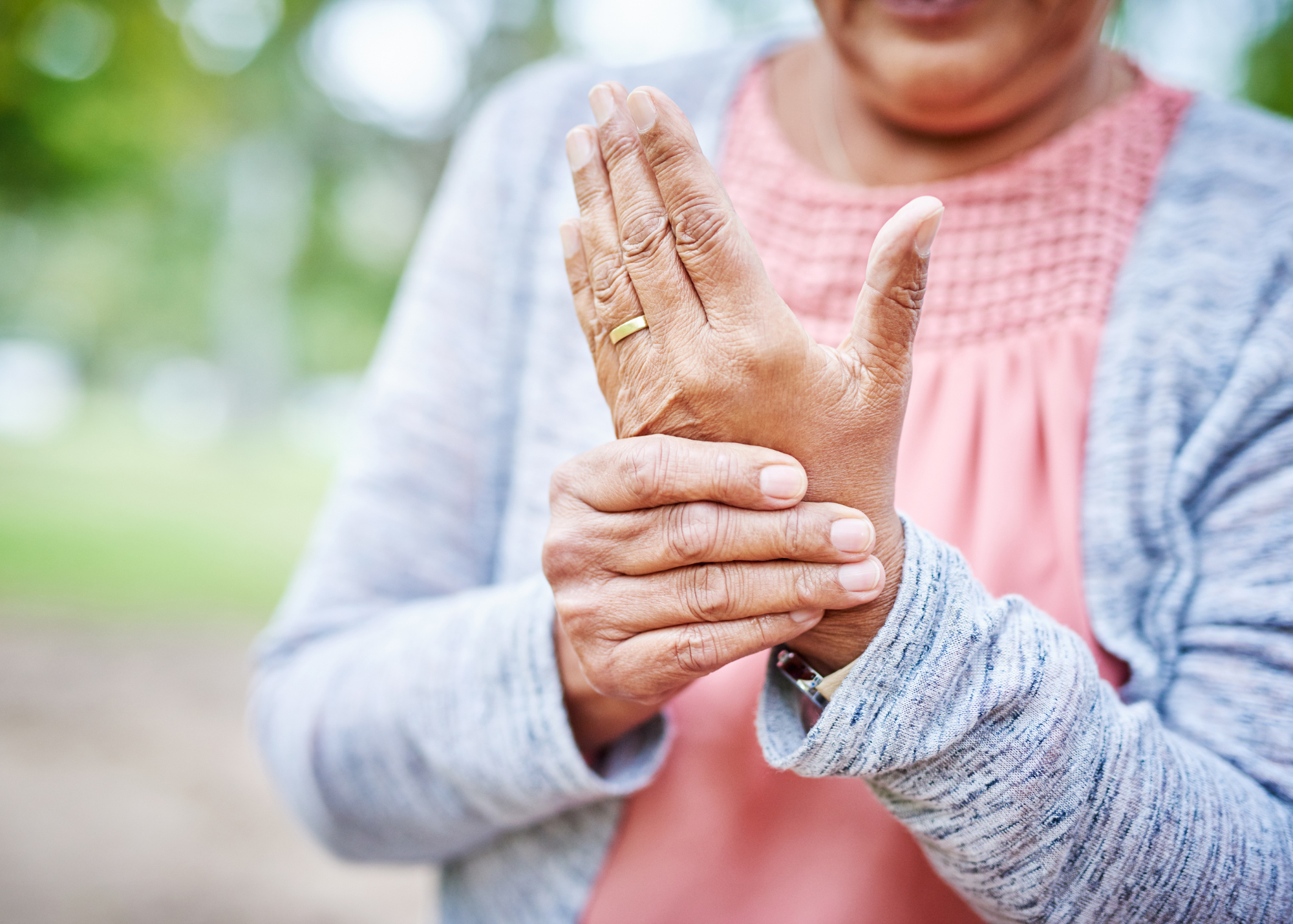Phone: (714) 695-1566
Fax: (714) 695-1553
Email: info@salinaspt.com
23655 Via Del Rio, Suite C
Yorba Linda, CA 92887

Phone: (714) 695-1566
Fax: (714) 695-1553
Email: info@salinaspt.com
23655 Via Del Rio, Suite C
Yorba Linda, CA 92887


Ruben Salinas is the founder and president of Salinas PT.
According to the CDC, osteoarthritis is a degenerative disease that affects more than 32.5 million adults in the US alone. Osteoarthritis can affect any joint but typically targets the hands, knees, neck and lower back. Once considered a “wear and tear” condition, we now know that this is a disease of the entire joint, including bone, cartilage, ligaments, fat, and the tissues lining the joint. Osteoarthritis has the ability to degrade cartilage, change bone shape and cause inflammation resulting in stiffness, loss of mobility and pain.
At this time, there is no cure for osteoarthritis. However, there are ways to minimize pain, continue physical activity, and maintain a good quality of life if you are experiencing symptoms. In this article we’ll discuss the main causes, common symptoms, and how physical therapy can effectively manage this condition.
Several risk factors can lead to developing osteoarthritis. Age, injury, overuse, and obesity are some of the more obvious reasons. However, musculoskeletal abnormalities, weak muscles, genetics, gender, and environmental factors also play a role.
Symptoms of Osteoarthritis tend to build over time and may be intermittent. Here’s what to look for:
Pain, reduced mobility, side effects from medications, and other factors associated with osteoarthritis can lead to further health complications that are not caused by the disease itself. Physical activity is not the only key to managing osteoarthritis symptoms; it can also help manage weight gain leading to obesity, high cholesterol, type 2 diabetes, heart disease, and high blood pressure.
1. Increase Physical Activity:
Muscle strengthening and exercise have profound effects on the body. It can improve weight issues, strengthen supporting muscle and joint structures, and help lubricate joints.
2. Medication:
Over-the-counter pain relievers and prescription drugs can help relieve the acute symptoms caused by osteoarthritis.
3. Physical Therapy:
Physical Therapists specialize in musculoskeletal conditions. They analyze movement patterns, address deficiencies and prescribe exercises that help manage the symptoms. Physical therapy is often hailed as one of the most effective and long-term treatment methods available for osteoarthritis.
4. Supportive Devices:
Doctors may prescribe supportive devices such as crutches, braces or canes to relieve stress placed on your joints.
5. Surgical Procedures:

In good health,
Ruben Salinas, PT, DPT, OCS, CSCS\